Photos: Looking for Extinct Humans in Ancient Cave Mud
Looking for human relatives

Human-made tools and other artifacts are abundant enough in prehistoric sites, scientists say that human skeletal remains are scarce. So researchers from the Max Planck Institute for Evolutionary Anthropology in Leipzig, Germany, decided to go hunting for human DNA instead. They collected the ancient mud from seven archaeological sites in Europe and Asia, finding DNA fragments that belonged to a variety of mammals, including woolly mammoths and cave bears, as well as some DNA from extinct human lineages. Their work is detailed in the April 27, 2017, issue of the journal Science. [Read the full story on the search for human DNA]
Here, the view of the valley from the Caune de l'Arago archaeological site in France.
Sediment found

Svante Pääbo points to the location of a sediment sample collected at the site of Caune de l'Arago, France, from a layer dated to 450,000 years ago.
Collection

Svante Pääbo shows the location of a sediment sample collected at the site of Caune de l'Arago, France, from a layer where a 560,000-year-old tooth from an extinct human relative was discovered in 2015.
Russian cave
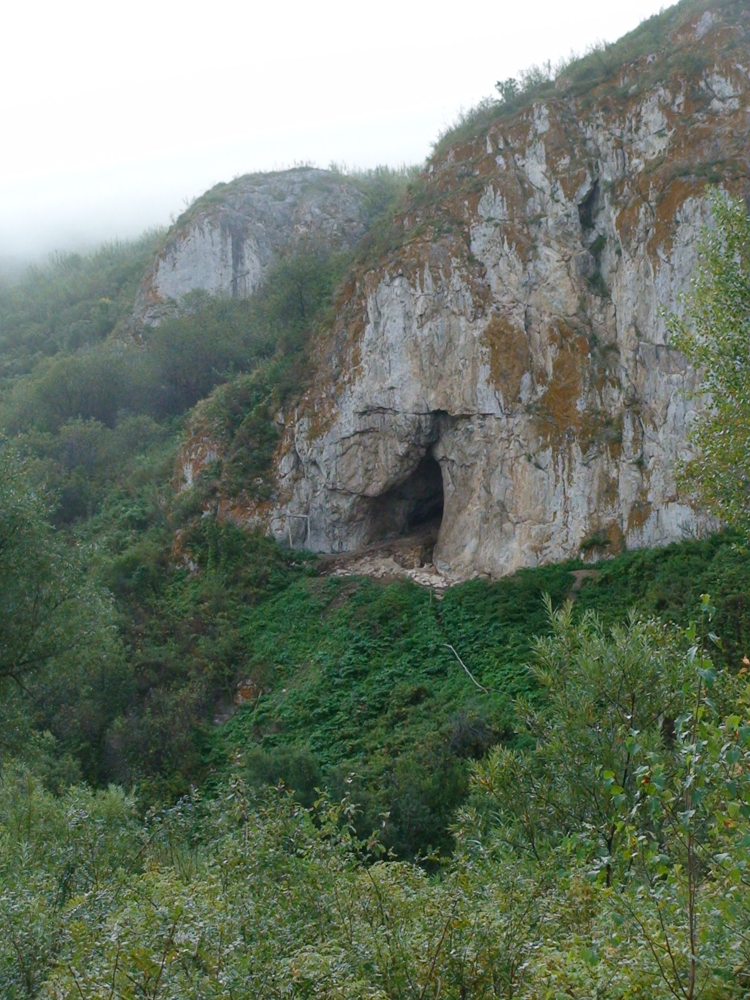
The entrance to the archaeological site of Chagyrskaya Cave in Russia, where the researchers took sediment samples for DNA analysis. They found DNA linked to Neanderthals in their samples.
The cave
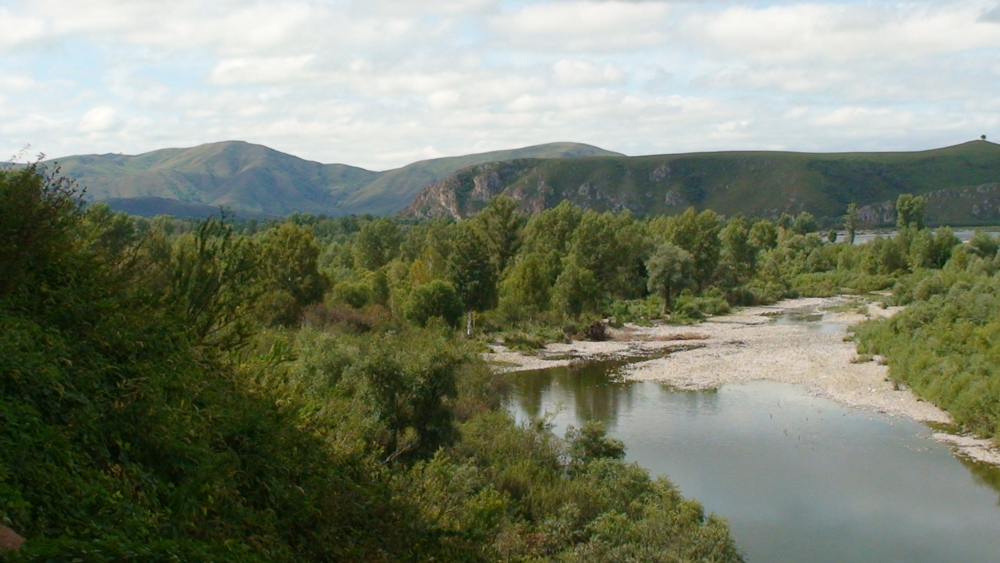
View of the valley from the Chagyrskaya Cave archaeological site, Russia.
The rocks

A stratigraphic profile of Chagyrskaya Cave, Russia, from which sediment samples were collected for genetic analyses.
Get the world’s most fascinating discoveries delivered straight to your inbox.
Across the world
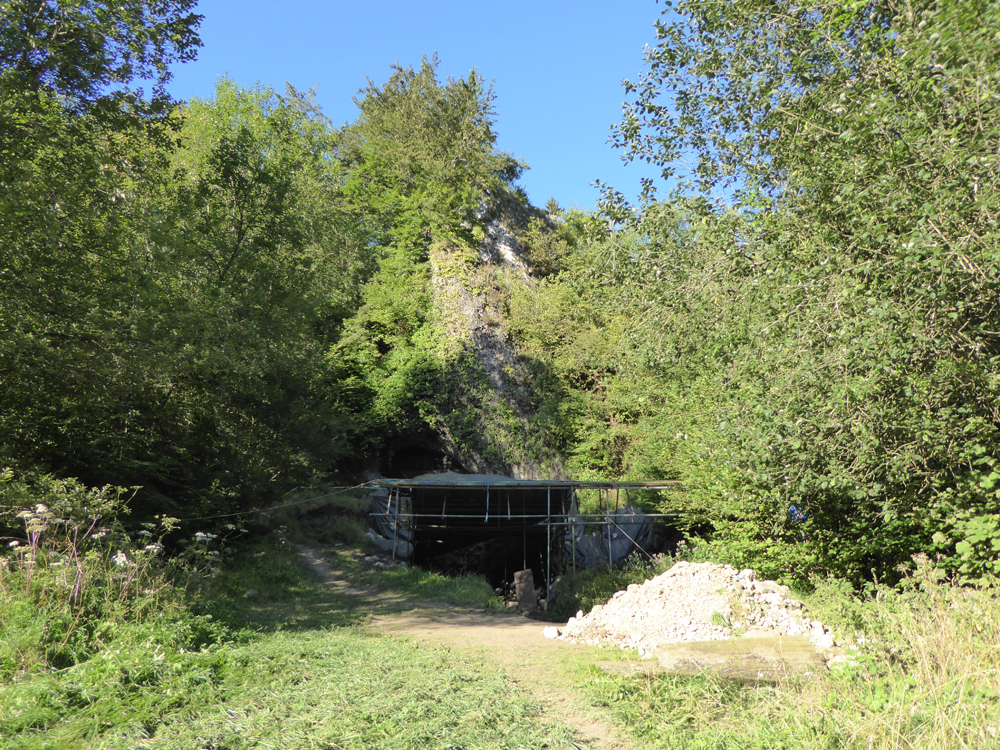
View of the archaeological site of Trou Al'Wesse, Belgium. The scientists found DNA linked to Neanderthals in samples collected from this cave, though no actual skeletal remains from hominins have been found in those layers.
Layers of time

Over time, layers of sediment and any remains from human or other activity form on top of the ground only to be covered up by the next round of activity. In that way, when scientists take cores or other vertical samples of sediments, they can view a window back in time. Here, the geological layers of Trou Al'Wesse, a large cave in Belgium. The study scientists collected samples from the different layers, or strata, in order to run genetic analysis.
At work
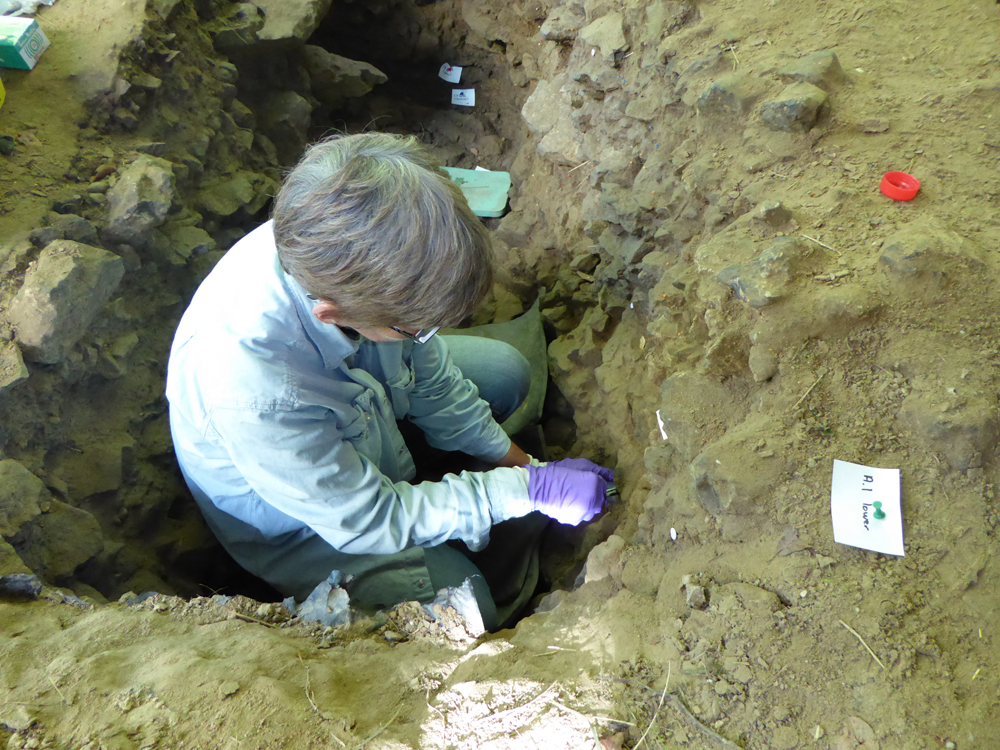
Becky Miller samples sediment for genetic analyses at the archaeological site of Trou Al'Wesse, Belgium. [Read the full story on the search for human DNA]
Genetic samples
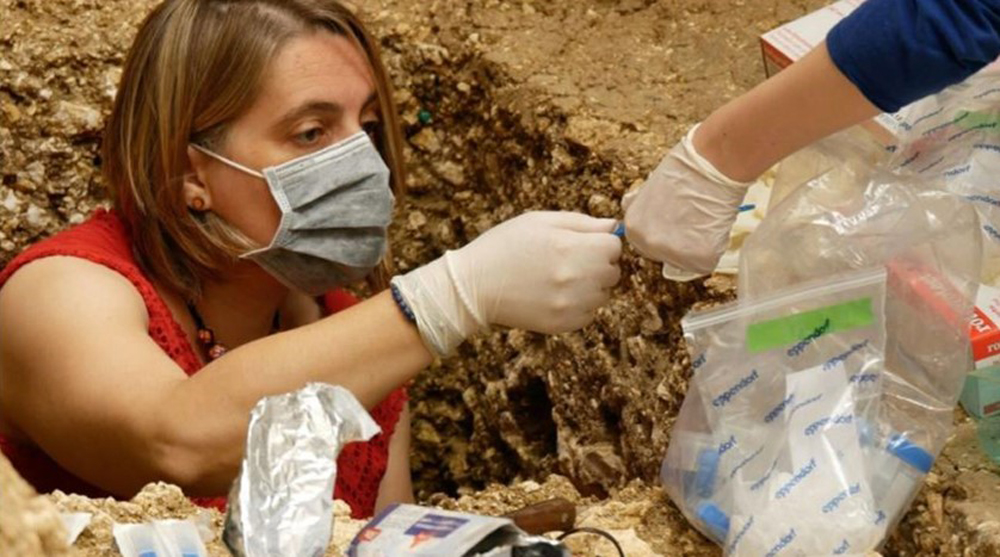
Marie Soressi samples sediment for genetic analyses at the archaeological site of Les Cottés, France. DNA from several mammals was found at this site: woolly mammoths, woolly rhinoceroses, cave bears, cave hyenas and others.
In France

The archaeological site of Les Cottés, France.
Jeanna Bryner is managing editor of Scientific American. Previously she was editor in chief of Live Science and, prior to that, an editor at Scholastic's Science World magazine. Bryner has an English degree from Salisbury University, a master's degree in biogeochemistry and environmental sciences from the University of Maryland and a graduate science journalism degree from New York University. She has worked as a biologist in Florida, where she monitored wetlands and did field surveys for endangered species, including the gorgeous Florida Scrub Jay. She also received an ocean sciences journalism fellowship from the Woods Hole Oceanographic Institution. She is a firm believer that science is for everyone and that just about everything can be viewed through the lens of science.


